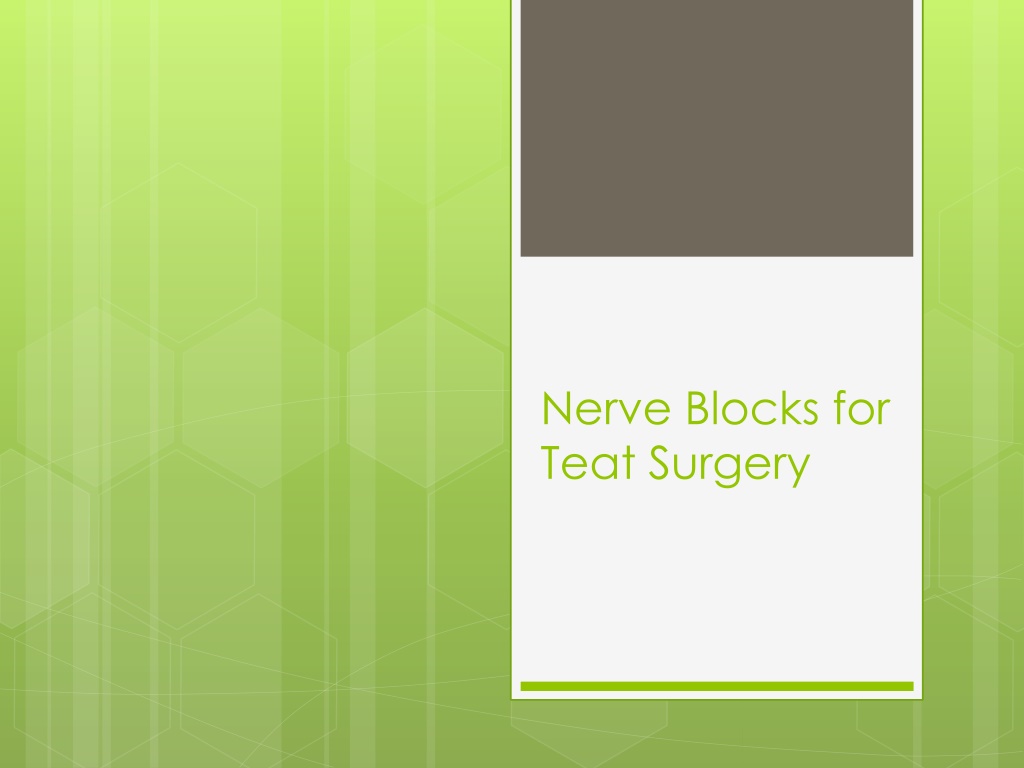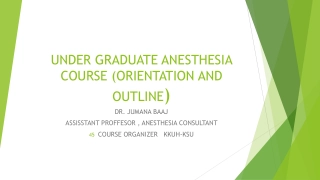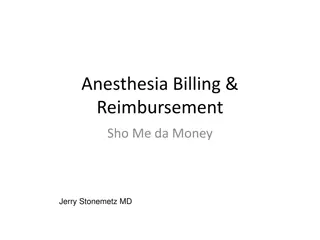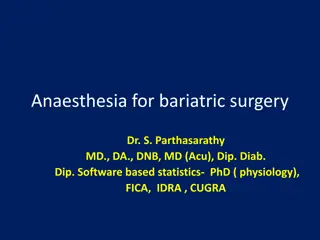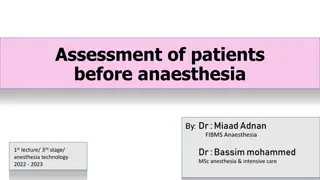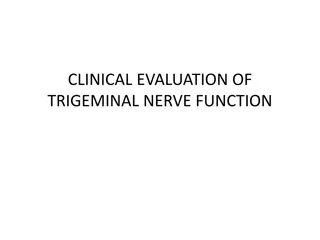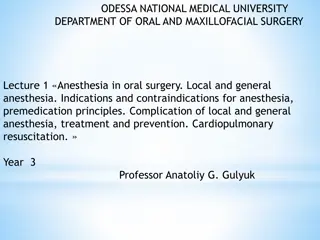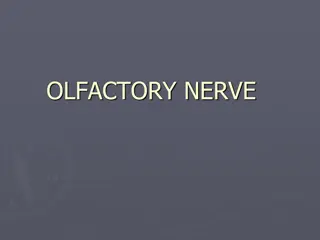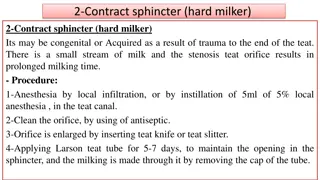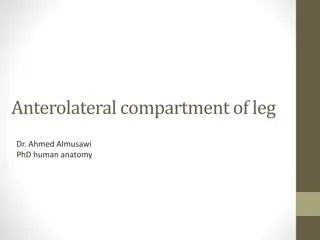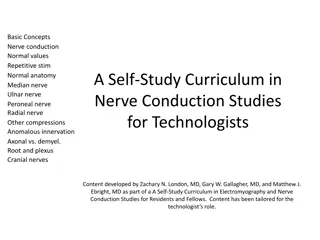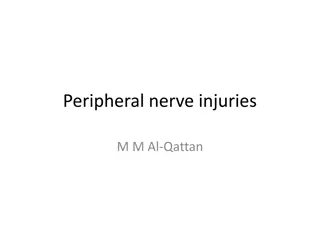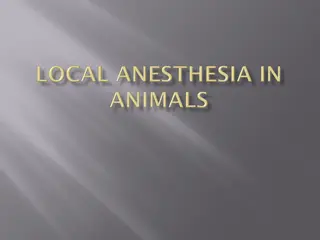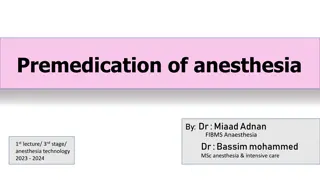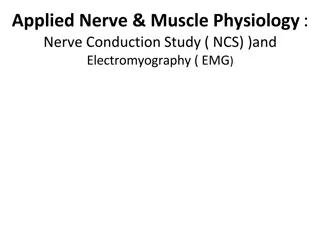Teat Surgery Nerve Blocks & Anesthesia Techniques
Learn about various nerve block and anesthesia techniques for teat surgery in cows, including teat cistern infusion, ring block, inverted V block, and intravenous regional anesthesia. These procedures help provide analgesia and anesthesia for surgical interventions on the teat. Each technique is described with detailed steps and images for proper implementation.
Download Presentation

Please find below an Image/Link to download the presentation.
The content on the website is provided AS IS for your information and personal use only. It may not be sold, licensed, or shared on other websites without obtaining consent from the author.If you encounter any issues during the download, it is possible that the publisher has removed the file from their server.
You are allowed to download the files provided on this website for personal or commercial use, subject to the condition that they are used lawfully. All files are the property of their respective owners.
The content on the website is provided AS IS for your information and personal use only. It may not be sold, licensed, or shared on other websites without obtaining consent from the author.
E N D
Presentation Transcript
Nerve Blocks for Teat Surgery
Teat cistern infusion Provides anaesthesia of the mucosa and submucosa of the teat cistern. Under adequate physical restraint and sedation, milk out the teat cistern. Cleanse the teat orifice thoroughly using alcohol. Place a tourniquet (e.g. narrow gauze bandage or suture material) at the base of the teat. This prevents milk from entering the teat cistern and diluting the local anaesthetic. Place a teat cannula in the teat and through this infuse 8 to 10 ml of local anaesthetic solution (2% lidocaine) through the streak canal into the teat cistern. Analgesia of the mucosa of the teat cistern should occur in five to ten minutes. Milk out the local anaesthetic solution once time has been allowed for analgesia to develop. Remove the tourniquet. Analgesia should remain for about 90 minutes
Ring Block For most procedures done on teat. Easily done and does not affect healing. Thoroughly cleanse the whole teat and teat base. Ensure appropriate restraint of the cow. Place an elastic band around the base of the teat if desired, to prevent diffusion of local anaesthetic into the udder. Do not place a tourniquet if a supernumerary teat is being removed Insert a 2.5 cm 25 gauge needle into the skin and muscularis layer of the teat, transverse to the direction of the teat, dorsal to the area at which analgesia is required at the junction of the teat and the udder. Inject local anaesthetic solution in a ring pattern around the teat. Each insertion of the needle should take place through an area which has already been desensitized. Inject a total of 4 to 6 ml 2% lidocaine; a volume of up to10 ml 2% lidocaine is acceptable. Following injection, massage the solution into the tissues Analgesia develops distal to the tourniquet in about 10 minutes and lasts for about two hours.
Inverted V Block For surgical procedures on the teat such as repair of lacerations or fistulas Thoroughly cleanse the whole teat and teat base. Insert a 2.5 cm 25 gauge needle into the skin and muscularis layer of the teat dorsal to the area at which analgesia is required. Inject a total of 4 to 6 ml of 2% lidocaine in an inverted V-shape enclosing the area in which analgesia is required (e.g. site of a laceration).
Intravenous Regional Anesthesia of the Teat For most surgical procedures on the teat Restrain the cow, preferably recumbent. Place a tourniquet (e.g. narrow gauze bandage or suture material) around the base of the teat. Into any superficial vein distal to the tourniquet, using a 2.5 cm 22 to 25 gauge needle, inject 5 to 7 ml of 2% lidocaine Provide digital pressure and gentle massage over the injection site to prevent formation of a haematoma Analgesia develops in the area distal to the tourniquet within three to five minutes. Analgesia persists until the tourniquet is removed. Remove the tourniquet once the operation is completed; sensation returns in five to ten minutes once the tourniquet has been removed.
Perineal Nerve Block Restrain the cow. At the ischial arch, about 2.0 to 2.5 cm lateral to the midline on both sides, inject 5.0 to 7.0 mL of 2% lidocaine solution into the subcutaneous and subfascial tissues.
